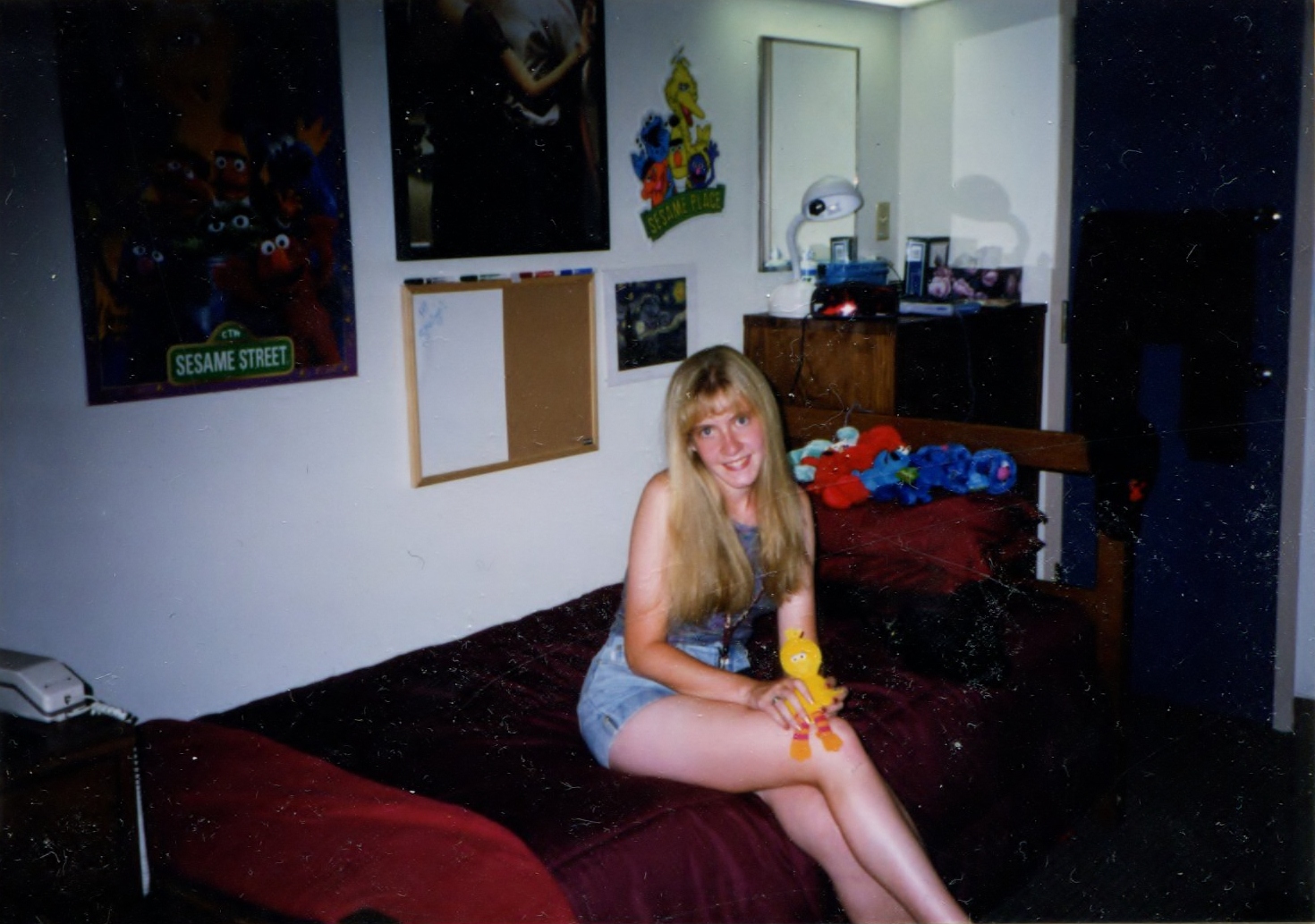In “Muppets, Technology and Me” part 1 and part 2, I went into my background as a young geek desperately in love with theme parks, computers, and Big Bird, in no particular order. That story was intended as a prologue to this story – my personal story about how I finally realized it wasn’t “normal” to be a woman in technology, how Randy Pausch both inspired me and changed my life directly, and why I’m so passionate about causes like IGNITE now.
I was what I call a “walking GPA” in high school. Tied for valedictorian in a graduating class of about 850 students from a school called Pennsbury High School. I wanted desperately to get out of Dodge and on with the next chapter of my life. For years, I struggled to figure out what my concentration should be in college. I very nearly applied to art schools instead of tech schools, but I was growing up along with the tech industry and it seemed absurd to turn down the opportunities the burgeoning dot-com industry might provide. Still, I was desperately seeking some way to keep my creative passions alive while pursuing a technology career, but had not yet found the answer as senior year drew to a close.
Once my college acceptances came rolling in, the two final candidates were MIT and Carnegie Mellon. I had visited MIT long prior, as it had always been my top choice. I had applied to CMU on a bit of a whim after hearing of it at the last minute, and had little knowledge of the school, but their offer of a half-tuition merit scholarship was enough to convince me to pass up my last shot at a national Forensics tournament berth for what proved to be a life-altering college visit.
The pivotal moment during that trip was a presentation in Wean Hall from the various subdepartments of the Computer Science school. The year was 1998. A professor named Randy Pausch got up and gave a presentation about something called the Human-Computer Interaction Institute. I had been searching all my life for a chance to do both creative and technical work. When Randy displayed the slide that showed that HCI was the marriage of visual design, cognitive psychology, and computer science? I was sold. Years of searching put to rest in an instant.
Then Randy happened to mention that he had just finished a stint at Walt Disney Imagineering. My love of Disney World was nearly immeasurable, I worked at a theme park in Pennsylvania, and had always dreamt of being an Imagineer but never thought they actually existed. I suddenly realized that it was very important that I find a way to meet Randy. I didn’t discover how right I was until much later. Inspired, I matriculated at CMU. (I’m omitting a disasterous tale of a Sleeping Bag Weekend visit gone horribly wrong – even despite that disaster, I STILL knew CMU was for me.)
Until that time, I knew I was somewhat unique in that I was a girl and a CS major… mostly because I was the only girl on the BBSes I frequented, and because I was the only girl in my AP Computer Science class (but still proudly #2 during our Quake tournaments.) Yet I didn’t know how big the problem was until the CMU CS department proudly announced that my graduating class (2002) was the first class to beat the “Dave to girl” ratio. We boasted 22 girls… and 17 boys named Dave. FACT. (That didn’t last until graduation.) Fellow male CS majors would introduce themselves, saying, “Hi, I’m Dave. (well, usually) Please don’t drop out!” Not exactly a great start.
But I stuck it out, waiting impatiently for the opportunity to apply to their undergrad Human-Computer Interaction (HCI) program, which is a restricted entry double major. In the interim, I got a job working for Randy’s administrative assistant, and then as a research assistant in the HCI. After being accepted into the HCII, Randy became my professor for several classes, including his signature class Building Virtual Worlds. BVW was a class built upon the Alice system – a programming environment Randy originally designed to help girls learn programming on their own terms. (http://www.pittsburghmagazine.com/Pittsburgh-Magazine/January-2009/Randy-Pausch-Alice/) The existence of Alice and Randy’s work, and our lopsided CS community, served as a wake-up call to me that there was a deeper problem for women in technology education.
To Be Continued in Part 2: So, these planes hit these towers… and my dreams might not have come true otherwise.

1 thought on “What Comes After Ever After? (part 1)”
Comments are closed.